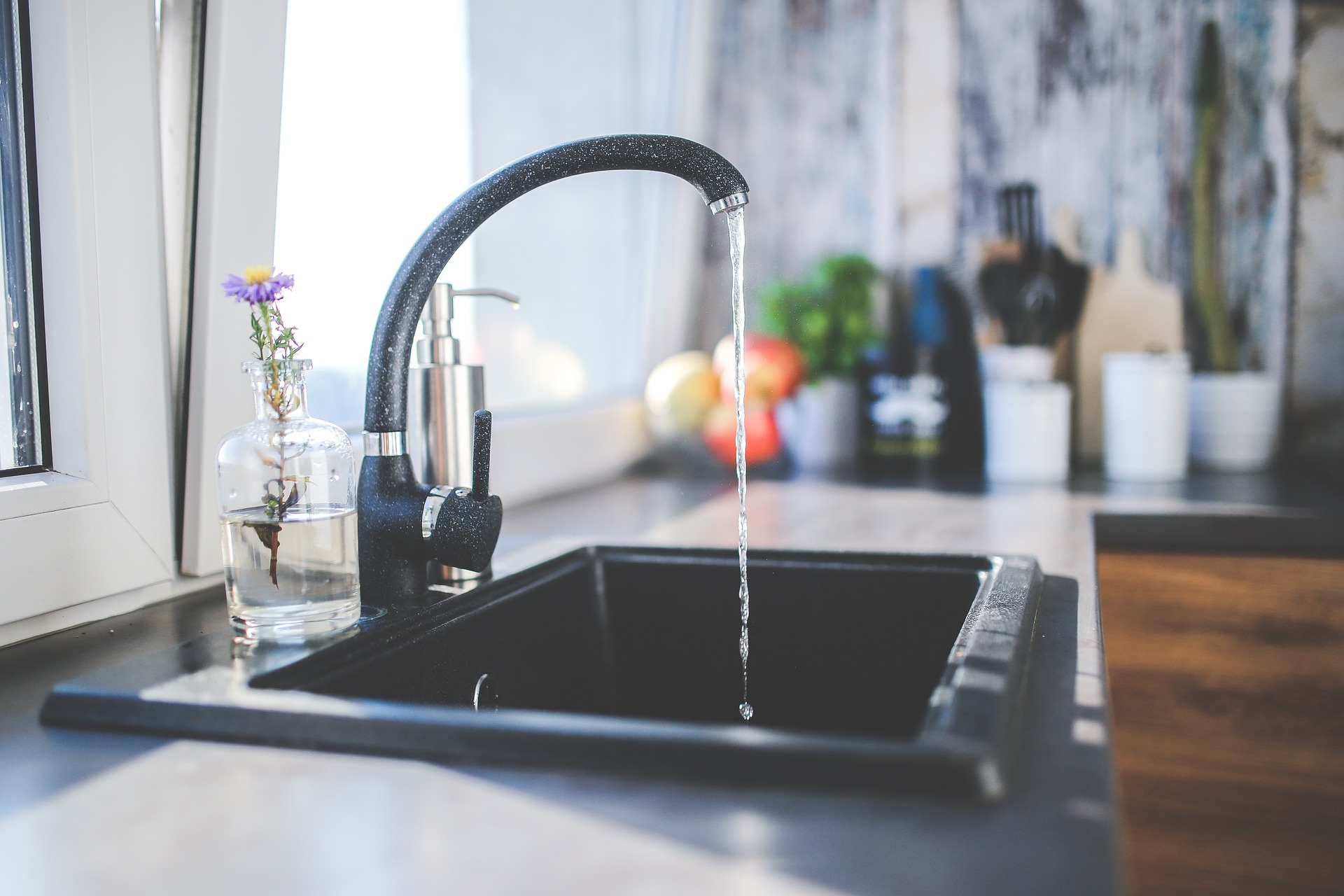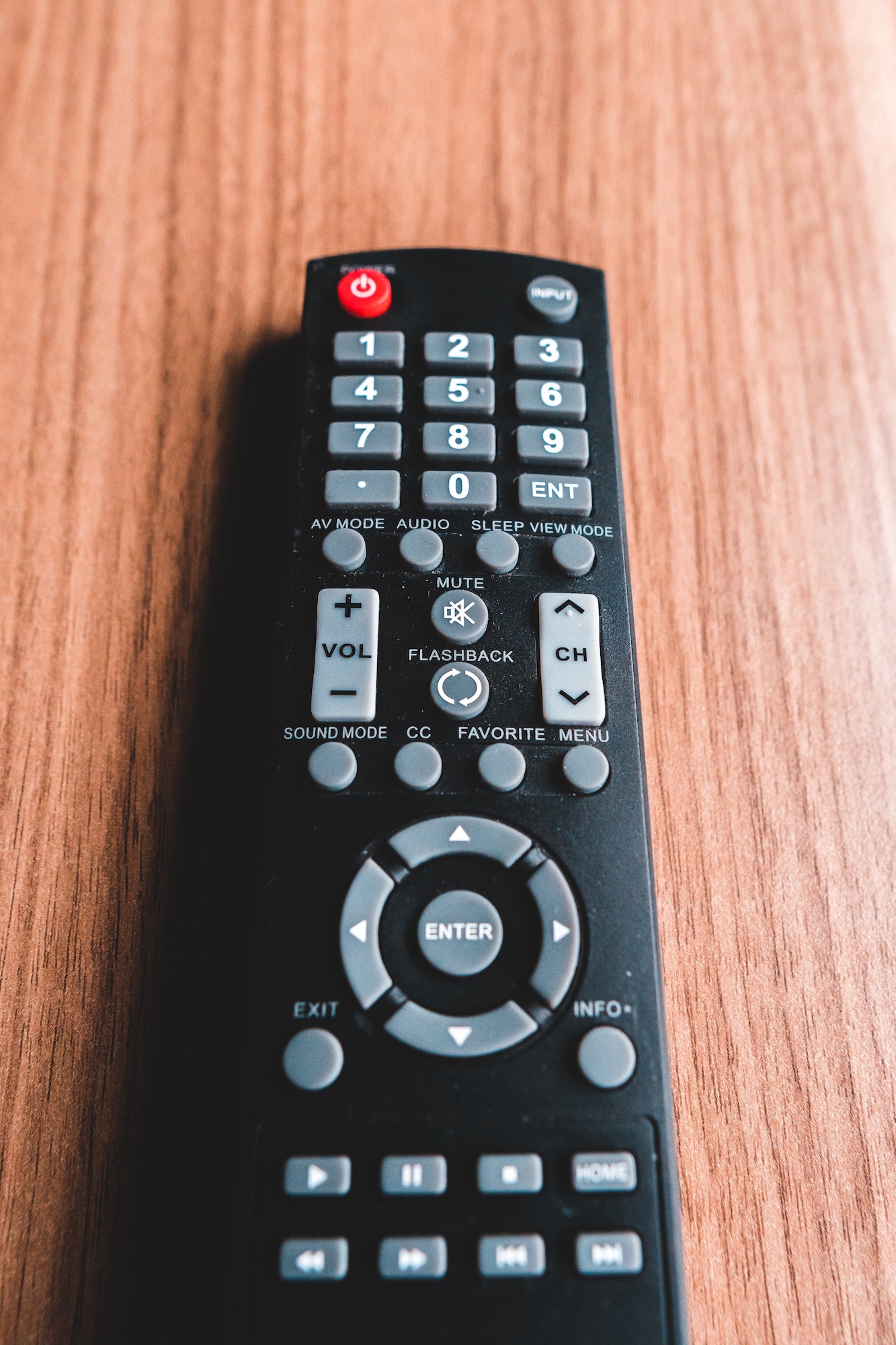Unclogging a sink is a common household task that can range from simple fixes to more complex procedures. This guide provides an extensive exploration of various methods to address a clogged sink, from basic home remedies to professional techniques. Let’s dive into the details.
Understanding Sink Clogs
Common Causes of Clogs
Clogs can occur in both kitchen and bathroom sinks due to various reasons:
- Food Particles: Food remnants can get stuck in the drain.
- Grease and Fats: These substances can solidify and cause blockages.
- Hair and Soap Scum: Common in bathroom sinks, these materials can combine to form clogs.
- Foreign Objects: Items like jewelry or small toys can accidentally fall into the sink.
- Mineral Build-Up: Hard water can leave mineral deposits inside the pipes.
Symptoms of a Clogged Sink
- Slow drainage
- Gurgling sounds from the drain
- Water backing up into the sink
- Unpleasant odors emanating from the drain
Safety Precautions
Before starting any unclogging procedure, consider the following safety measures:
- Wear Gloves: Protect your hands from grime and potential harmful substances.
- Eye Protection: Use safety goggles, especially when handling chemicals.
- Proper Ventilation: Ensure the area is well-ventilated to avoid inhaling fumes.
- Turn Off Water Supply: To avoid flooding, turn off the water supply if necessary.
Tools and Materials Needed
Depending on the method, you might need:
- Plunger
- Plumber’s snake (auger)
- Baking soda
- White vinegar
- Boiling water
- Dish soap
- Wet/dry vacuum
- Bucket
- Pipe wrench
- Chemical drain cleaner
Method 1: Using a Plunger
Steps to Use a Plunger Effectively
- Clear the Sink Area: Remove any dishes or items in the sink.
- Remove Standing Water: Use a cup to scoop out excess water.
- Seal the Overflow: Use a wet cloth or duct tape to seal the overflow hole for better suction.
- Position the Plunger: Place the plunger over the drain, ensuring a tight seal.
- Plunge Vigorously: Push the plunger up and down rapidly for about 20-30 seconds.
- Check Drainage: Remove the plunger to see if water drains. Repeat if necessary.
Tips for Effective Plunging
- Use a plunger specifically designed for sinks.
- Ensure a tight seal around the drain for maximum suction.
- Be patient and repeat the process a few times if needed.
Method 2: Baking Soda and Vinegar
Natural Solution for Minor Clogs
- Remove Excess Water: Clear any standing water from the sink.
- Pour Baking Soda: Pour about 1 cup of baking soda directly into the drain.
- Add Vinegar: Follow with 1 cup of white vinegar. The mixture will fizz.
- Wait: Allow the mixture to sit for at least 15-20 minutes.
- Flush with Boiling Water: Pour a kettle of boiling water down the drain.
Advantages of Using Baking Soda and Vinegar
- Safe for the environment and your plumbing.
- Effective for minor clogs and regular maintenance.
- Inexpensive and readily available.
Method 3: Boiling Water
Simple and Effective for Minor Clogs
- Boil Water: Heat a kettle of water to a boil.
- Pour Water: Carefully pour the boiling water into the drain in stages.
- Repeat if Necessary: Repeat the process 2-3 times if the clog persists.
Benefits of Using Boiling Water
- Easy and quick solution.
- No chemicals involved.
- Ideal for dissolving soap scum and minor grease clogs.
Method 4: Plumber’s Snake (Auger)
Using a Plumber’s Snake
- Insert the Snake: Push the end of the snake into the drain until you encounter resistance.
- Crank the Handle: Turn the handle clockwise to push the snake further into the clog.
- Break Up the Clog: Continue turning to break up the clog or catch debris.
- Retrieve the Snake: Pull the snake out and remove any debris attached.
- Flush with Water: Run hot water to clear any remaining particles.
When to Use a Plumber’s Snake
- For stubborn clogs that don’t respond to simpler methods.
- Effective for hair and other solid blockages.
- Can reach deeper into the drain system.
Method 5: Wet/Dry Vacuum
Steps to Use a Wet/Dry Vacuum
- Set to Vacuum Liquids: Adjust your vacuum to the liquid setting.
- Create a Seal: Use the hose to create a tight seal over the drain.
- Turn on the Vacuum: Run the vacuum to suck out the clog.
Advantages of Using a Wet/Dry Vacuum
- Powerful suction can remove stubborn clogs.
- Useful for larger debris.
- Can also clean up any spills or standing water.
Method 6: Removing the P-Trap
Steps to Remove and Clean the P-Trap
- Place a Bucket: Position a bucket under the sink to catch water.
- Loosen the Nuts: Use a pipe wrench to loosen the slip nuts on both sides of the P-trap.
- Remove the P-Trap: Carefully remove the trap and inspect it for clogs.
- Clean the Trap: Use a brush or cloth to remove any debris.
- Reassemble the P-Trap: Reattach the trap and tighten the nuts securely.
- Test the Drain: Run water to ensure the clog is cleared.
Why Remove the P-Trap
- Direct access to the clog.
- Effective for clogs located close to the sink.
- Can be done without professional help.
Method 7: Chemical Drain Cleaners
Using Chemical Drain Cleaners Safely
- Read Instructions: Follow the manufacturer’s directions carefully.
- Pour Cleaner: Pour the recommended amount into the drain.
- Wait: Allow the cleaner to work for the specified time.
- Flush with Water: Run hot water to clear the drain.
Caution When Using Chemical Cleaners
- Use as a last resort due to potential damage to pipes.
- Ensure good ventilation to avoid inhaling fumes.
- Wear gloves and eye protection.
Preventive Measures
Tips to Prevent Future Clogs
- Use Drain Guards: Install guards to catch hair, food particles, and debris.
- Avoid Pouring Grease: Dispose of grease and fats in the trash, not down the drain.
- Run Hot Water: Periodically run hot water to keep drains clear.
- Regular Maintenance: Use baking soda and vinegar monthly to prevent build-up.
Additional Preventive Strategies
- Mind What You Flush: Avoid flushing items like wipes or sanitary products.
- Educate Household Members: Teach everyone the importance of mindful drain use.
- Professional Inspections: Have a plumber inspect your system annually.
Troubleshooting Persistent Clogs
When to Call a Professional
- If all DIY methods fail.
- For recurring clogs that suggest a deeper issue.
- When you suspect a problem with your main sewer line.
What to Expect from a Professional Plumber
- Use of advanced tools like hydro-jetting.
- Camera inspections to identify the cause of the clog.
- Expert advice on maintaining your plumbing system.
FAQs About How To Unclog A Sink
What causes a sink to clog?
Sinks can clog due to food particles, grease, hair, soap scum, foreign objects, and mineral build-up from hard water.
How can I prevent my sink from clogging?
Prevent clogs by using drain guards, avoiding pouring grease down the drain, and regularly cleaning the drain with baking soda and vinegar.
Is it safe to use chemical drain cleaners?
Chemical drain cleaners can be effective but should be used sparingly as they can damage pipes and are harmful to the environment.
What are some natural alternatives to chemical drain cleaners?
Natural alternatives include using baking soda and vinegar, boiling water, and dish soap.
How do I use a plunger to unclog a sink?
Clear the sink, seal the overflow hole, place the plunger over the drain, and plunge vigorously for about 20-30 seconds.
Can boiling water help unclog a sink?
Yes, pouring boiling water down the drain can help dissolve minor clogs caused by soap scum or grease.
What is the best way to remove hair clogs?
Use a plumber’s snake or a hair removal tool specifically designed for drains.
Can I use baking soda and vinegar to unclog my sink?
Yes, pour 1 cup of baking soda followed by 1 cup of vinegar down the drain, let it sit for 15-20 minutes, then flush with boiling water.
How does a plumber’s snake work?
A plumber’s snake is inserted into the drain to break up or retrieve the clog by turning a handle that extends the auger.
What should I do if my sink is still clogged after using a plunger?
Try using a plumber’s snake, baking soda and vinegar, or remove the P-trap to manually clear the clog.
How do I remove the P-trap to clear a clog?
Place a bucket under the sink, loosen the slip nuts on both sides of the P-trap with a wrench, remove the trap, and clean out any debris.
What is a wet/dry vacuum and how can it help with clogs?
A wet/dry vacuum can suck out clogs by creating a tight seal over the drain and using strong suction.
Are there any signs that indicate a clog in the main sewer line?
Signs include multiple drains backing up, gurgling sounds in toilets, and water pooling around floor drains.
Can grease cause sink clogs?
Yes, grease can solidify in pipes and create blockages.
How often should I clean my sink drains?
Clean your drains at least once a month with baking soda and vinegar or a drain cleaner.
What are the most common mistakes to avoid when unclogging a sink?
Avoid using excessive force with tools, mixing chemical cleaners, and neglecting regular maintenance.
Is it possible to prevent clogs by using drain guards?
Yes, drain guards can catch food particles, hair, and other debris, preventing them from entering the drain.
How do I deal with a slow-draining sink?
Try using a plunger, baking soda and vinegar, or a plumber’s snake to remove the partial clog.
What should I do if a foreign object falls into the sink?
Turn off the water, remove the P-trap if necessary, and retrieve the object using a plumber’s snake or tweezers.
How can I tell if my clog is caused by hard water deposits?
Hard water deposits often result in slow drainage and reduced water flow, and can be confirmed by a professional plumber.
Should I call a plumber for recurring clogs?
Yes, recurring clogs may indicate a deeper issue that requires professional inspection and repair.
What are some signs that a clog is too severe to handle on my own?
Signs include water backing up in multiple fixtures, persistent slow drainage, and foul odors.
Can a clogged sink cause damage to my plumbing system?
Yes, untreated clogs can lead to leaks, pipe damage, and water damage to surrounding areas.
What is hydro-jetting and when is it necessary?
Hydro-jetting uses high-pressure water to clear clogs and clean pipes, and is necessary for severe or stubborn blockages.
How do I properly maintain my plumbing system to prevent clogs?
Regularly clean drains, avoid flushing inappropriate items, and have annual professional inspections.
Can food waste cause clogs in kitchen sinks?
Yes, especially if the food waste includes fibrous materials, coffee grounds, or grease.
How do I unclog a bathroom sink drain?
Use a plunger, baking soda and vinegar, or a plumber’s snake to remove hair and soap scum.
What are the benefits of using a plumber’s snake?
A plumber’s snake can reach deep into pipes to break up or retrieve clogs, making it effective for stubborn blockages.
Can mineral build-up be removed with vinegar?
Yes, vinegar can help dissolve mineral deposits, especially when used regularly.
How effective is dish soap in unclogging sinks?
Dish soap can help dissolve grease clogs when followed by boiling water, but is less effective for solid blockages.
What should I do if my sink has a foul odor?
Clean the drain with baking soda and vinegar, and check for clogs or mold in the P-trap.
How do I know if my sink’s overflow hole is clogged?
Water will drain slowly even if the main drain is clear; clean the overflow hole with a brush or vinegar solution.
Is it safe to use a wire hanger to unclog a sink?
Yes, but be careful to avoid scratching or damaging the pipes. It’s better to use a tool designed for unclogging drains.
How can I remove soap scum build-up in my sink drain?
Use baking soda and vinegar or a commercial drain cleaner designed to dissolve soap scum.
What is the role of the P-trap in preventing clogs?
The P-trap catches debris and prevents sewer gases from entering your home, but can itself become clogged.
Can clogged sinks lead to leaks?
Yes, pressure from a clog can cause pipes to crack or joints to loosen, leading to leaks.
How often should I use baking soda and vinegar for maintenance?
Use this method once a month to keep your drains clear and fresh.
What tools are essential for unclogging a sink?
Essential tools include a plunger, plumber’s snake, wet/dry vacuum, and basic plumbing tools like a pipe wrench.
Are there any professional products that can help prevent clogs?
Yes, enzyme-based cleaners and preventative drain treatments can help keep your drains clear.
How can I teach my family to help prevent sink clogs?
Educate them about what can and cannot go down the drain, and encourage regular maintenance.
What are the environmental impacts of chemical drain cleaners?
They can harm aquatic life and contribute to water pollution; use eco-friendly alternatives when possible.
Can frequent use of drain cleaners damage pipes?
Yes, frequent use of harsh chemicals can corrode pipes over time.
How do I safely dispose of used drain cleaner products?
Follow the disposal instructions on the product label, and never mix with other chemicals.
What are some eco-friendly alternatives to drain cleaners?
Baking soda and vinegar, boiling water, and enzyme-based cleaners are eco-friendly options.
How do I choose the right plumber if I need professional help?
Look for licensed, insured plumbers with good reviews and transparent pricing.
Can regular professional inspections help prevent clogs?
Yes, professional inspections can identify and address potential issues before they become serious problems.
What are some effective commercial drain cleaning products?
Effective products include enzyme-based cleaners, foaming drain cleaners, and biodegradable options.
Summary
Unclogging a sink involves a range of techniques, from simple plunging to using advanced tools like a plumber’s snake or wet/dry vacuum. By understanding the cause of the clog, using the right tools, and taking preventive measures, you can keep your drains running smoothly.
Regular maintenance and mindful use of your drains are crucial in preventing clogs and ensuring the longevity of your plumbing system. If DIY methods fail, don’t hesitate to seek professional help to address more complex issues.



